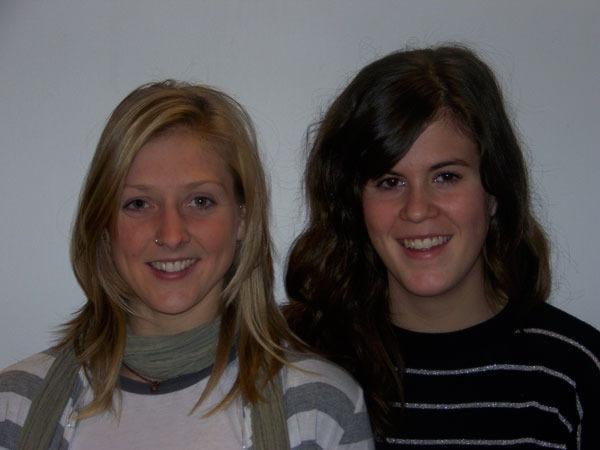Submitted
In the winter, it’s not too unusual to see a few deer within Castlegar city limits. In Cranbrook there has been a huge increase in the number of deer inhabiting the city limits, the number is now unmanageable. The deer are not only feeding on gardens but also getting aggressive. What would you do if your beloved family dog was attacked by a deer? The people of Cranbrook have been complaining to City Council and requesting that something gets done.
An Urban Deer Management Advisory Committee was created to gather information from the public and experts and to provide council with some potential solutions. In the end, the majority of the public were in favour of thinning the urban herd. This option along with a few others was brought to the provincial government because wildlife issues are not a civic matter but a provincial one. In the end, the city of Cranbrook will be the first in B.C. allowed to cull urban deer.
Currently the plan will allow for 25 deer to be culled annually until the problem is solved. The goal is to try to thin the herd to see if the aggression of the does in the spring and overzealous bucks in the fall subsides. Traps will be baited during the night and any deer caught will be destroyed humanely, as done in the slaughterhouse.
The venison (deer meat) will then be donated to First Nation communities and local food banks. The problem in Cranbrook is not unique as Nanaimo and Victoria are currently also going through similar discussions in an effort to deal with too many deer within their city limits. Penticton and Kimberley have also received approval for a cull within city limits.
In general, problem urban wildlife is becoming increasingly common. For example, there are too many deer in these cities, too many bunnies on the University of Victoria campus, too many wolves killing caribou in Alberta, moose are found everywhere in Newfoundland...and the list goes on. Does this tell us something? Is the natural system out of balance?
Ecosystems are made up of animals, plants, and various other resources that interact to support and limit each other. Snowshoe hares at times explode in numbers, out of balance, but then the lynx numbers increase and bring the hares back into balance. Going in and out of balance is a pretty natural occurrence among wildlife.
The urban problem is different in that we are trying to fix a system that we don’t fully understand. So what has created this unbalanced state for deer in town? Our management of deer populations outside of town can be complicated. In town, deer are able to find a good food source (e.g. gardens) and a relatively safe place as predators prefer not to come into inhabited towns. Why would a deer ever want to leave?
The large number of urban deer may also be a reflection of large populations outside of town that are eventually moving into town.Culling will fix the problem in town, but does it really solve the problem? Culling is a short term fix for a few years but what happens when those deer outside of town come for a visit and never leave? If we want to work toward co-existing with what nature offers us, we have to understand our place in it.
If we cause a change in the ecosystem, we should expect that change to cause other changes. Solving the bigger problem will rely on us understanding how we interact with the ecosystem... after all, we are all a part of the ecosystem.
